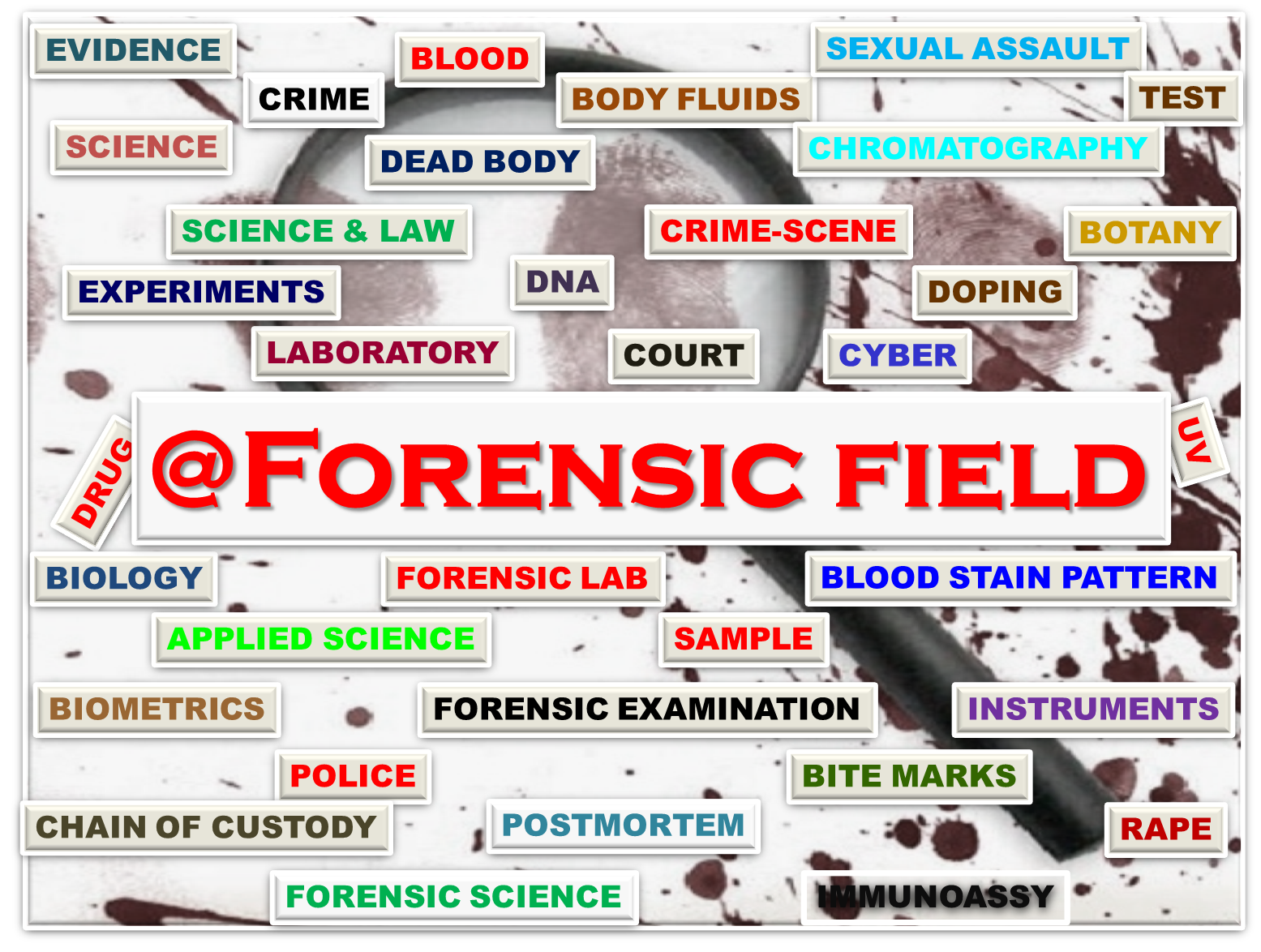Forensic science, a captivating interdisciplinary field, stands as a sentinel of truth, meticulously piecing together fragments of evidence to reconstruct narratives of the past. It’s a realm where scientific rigor intersects with legal complexities, demanding a diverse skill set and a comprehensive understanding of various disciplines. To embark on this intellectual odyssey, aspiring forensic scientists must navigate a curriculum rich in multifaceted subjects. These core areas, each a unique facet of the overall discipline, are essential for those seeking to unravel the cryptic mysteries hidden within crime scenes.
1. Forensic Biology: The Language of Life and Death
At the heart of forensic science lies forensic biology, a discipline that delves into the intricate world of biological evidence. This area encompasses the analysis of bodily fluids like blood, semen, and saliva, as well as tissues and bones. Think of it as deciphering the body’s silent testimony. DNA analysis, a cornerstone of modern forensics, falls under this umbrella. Through meticulous extraction and amplification, scientists can construct unique genetic profiles, creating a biological fingerprint that can link suspects to crimes or identify victims. Forensic biologists are the interpreters of the body’s whispers, revealing secrets encoded within our very cells. Their work is akin to that of a molecular archaeologist, meticulously excavating the genetic past to illuminate the present.
2. Forensic Chemistry: Unveiling the Molecular Landscape
Forensic chemistry investigates the composition and properties of materials found at crime scenes. It’s a meticulous examination of the molecular landscape, from trace amounts of explosive residues to the identification of unknown substances. Toxicological analysis, a crucial subdiscipline, determines the presence and concentration of drugs and poisons in biological samples. This allows forensic scientists to ascertain whether substances played a role in a death or incapacitation. Imagine them as molecular detectives, meticulously piecing together chemical clues to reconstruct the events that transpired. Instrumental analysis, employing techniques like gas chromatography-mass spectrometry (GC-MS) and high-performance liquid chromatography (HPLC), provides the tools to dissect complex mixtures and identify their individual components. This is akin to a molecular autopsy, unveiling the chemical secrets held within the evidence.
3. Forensic Pathology: The Body as a Crime Scene
Forensic pathology focuses on determining the cause and manner of death through the examination of deceased individuals. Forensic pathologists, the medical detectives of the morgue, conduct autopsies to identify injuries, diseases, and other factors that contributed to a person’s demise. It requires a deep understanding of human anatomy, physiology, and disease processes. They are the arbiters of death’s secrets, their meticulous examinations revealing the stories that the deceased can no longer tell. The study of wound ballistics, examining the trajectory and impact of projectiles, also falls under forensic pathology, helping to reconstruct the events that led to a fatal injury. This expertise provides a roadmap of the body’s final moments.
4. Criminalistics: The Holistic Examination of Evidence
Criminalistics offers a broad perspective, encompassing the analysis of various types of physical evidence, from fingerprints and firearms to tool marks and trace evidence. It’s a holistic approach to evidence examination, integrating different scientific disciplines to reconstruct crime scenes and link suspects to crimes. Fingerprint analysis, a long-standing staple of forensic science, involves the identification and comparison of friction ridge patterns to establish individual identity. Firearms examination analyzes bullets and casings to determine the type of weapon used and to match them to specific firearms. Trace evidence analysis involves the identification and comparison of microscopic materials, such as fibers, hairs, and paint fragments, which can link individuals or objects to a crime scene. This is like compiling a tapestry of evidence, where each thread represents a piece of information that contributes to the overall picture.
5. Digital Forensics: Unveiling the Ghost in the Machine
In our increasingly digital world, digital forensics has emerged as a critical discipline, focusing on the recovery and analysis of electronic data from computers, smartphones, and other digital devices. It’s like exploring the digital footprints left behind in the wake of cybercrime. Digital forensics experts must possess a deep understanding of computer hardware, software, and networking principles. They employ specialized tools and techniques to recover deleted files, analyze network traffic, and trace online activities. This skill set provides insights that can be pivotal in solving crimes ranging from fraud and identity theft to hacking and terrorism. Digital forensics is the modern equivalent of searching for clues in a vast, ever-changing landscape of code.
6. Forensic Anthropology: Speaking for the Bones
Forensic anthropology applies anthropological techniques to identify skeletal remains and assist in determining the cause of death, particularly in cases involving unidentified or decomposed bodies. Forensic anthropologists analyze skeletal features to estimate age, sex, ancestry, and stature, providing valuable information for identifying the deceased. They can also identify signs of trauma, such as fractures or gunshot wounds, which can shed light on the circumstances surrounding a person’s death. It’s akin to giving a voice to the silent witnesses of the past. Their expertise helps to bridge the gap between the skeletal past and the legal present.
7. Forensic Psychology: Understanding the Criminal Mind
Forensic psychology explores the intersection of psychology and the legal system, focusing on the psychological aspects of criminal behavior and the application of psychological principles to legal issues. Forensic psychologists may conduct psychological evaluations of defendants to assess their competency to stand trial, their mental state at the time of the crime, or their risk of future violence. They may also provide expert testimony in court, offering insights into the psychological factors that may have contributed to a crime. It allows scientists to understand the intricate workings of the criminal mind. This domain is akin to peering into the labyrinthine depths of the human psyche.
In conclusion, forensic science is a symphony of disciplines, each playing a vital role in the pursuit of justice. Mastering these core subjects provides the foundational knowledge and skills necessary to embark on a rewarding career in this dynamic and intellectually stimulating field. The tapestry of forensic science is woven from threads of biology, chemistry, pathology, criminalistics, digital technology, anthropology, and psychology, each contributing to the intricate picture of truth and justice.










Leave a Comment